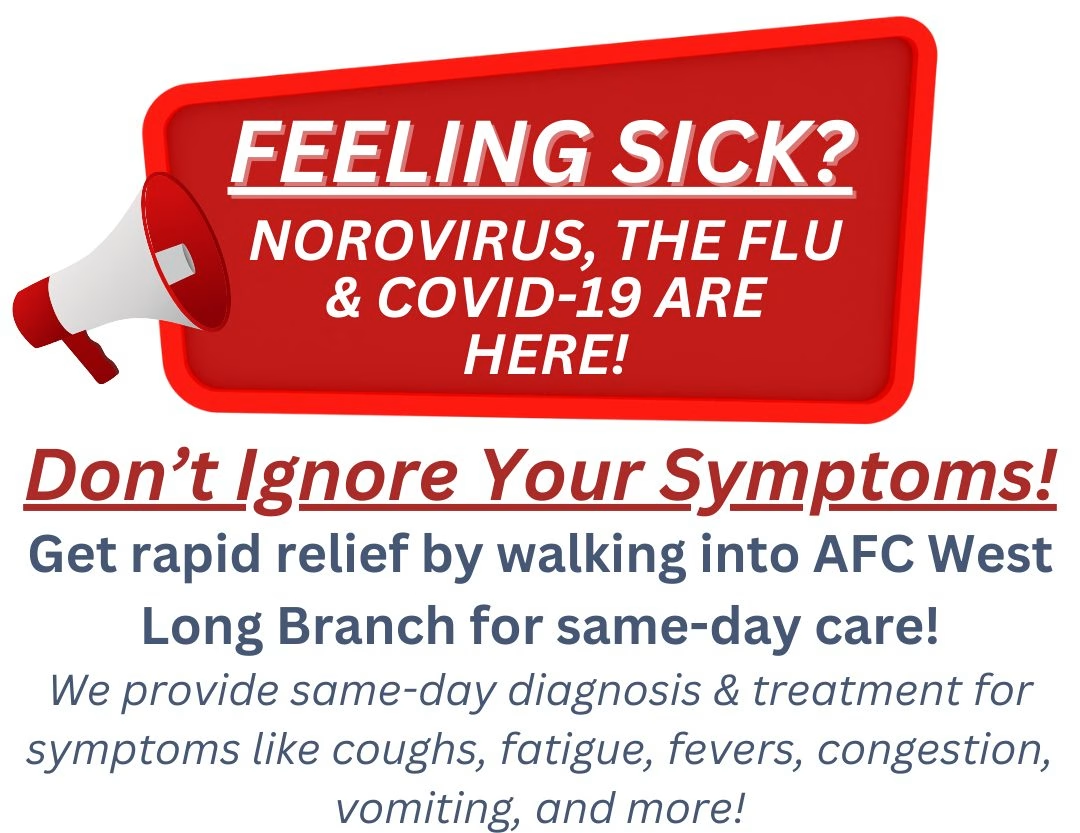First aid is an immediate treatment given to an injured or sick person before he/she is taken to the hospital for proper diagnosis and treatment. In some cases it may be the only treatment the person needs to recover.
Injuries happen suddenly and can worsen without proper first aid skills to stabilize
injury. It is important for one to acquire the knowledge of how to treat basic injuries and make use of a first aid box. This will help to prevent long term or permanent damage.
Check out these first aid basics before determining whether or not you need
urgent care or emergency care.
ABCs of First Aid
Someone being unconscious or unresponsive is a case of emergency. However, with a basic principle of first aid known as ABC, there are certain things you can do before rushing to the hospital. ABC stands for:
- Airway: If a person is not breathy, you need to clear their airway.
- Breathing: If you've ensure their airway is clear and they are still not breathing, you need to provide rescue breathing.
- Circulation: You need to keep blood circulating by performing chest compression. This can also help rescue breathing. In the case of a person, who is still breathing but unresponsive, check their pulse to know if their heart has stopped, if so then perform chest compression.
Minor wounds or cuts
If you have a wound, the first thing to do is clean it with soap and water then blow it dry. Note that you shouldn't use hydrogen peroxide on the wound. As soon as the wound is dry, apply antibiotic ointment then place a gauze or bandage on it.
In the case of a cut, first stop the bleeding. To stop the bleeding, you'll need to apply pressure in the area with a clean cloth or gauze. Once the bleeding stops, clean the area using soap and water, blow it dry, then apply antibiotic ointment on it, after which you can cover it with a bandage.
Burns
First aid treatment can be done on a burn, but first you'll need to identify the type of burn the victim has sustained.
Burns are in three degrees, based on level of severity.
To treat the first and second degree, first submerge the area in cool water to relieve the pain. Then apply medicated cream on it.
For the third degree, you should immediately call 911.
Conclusion
First aid basics can save you a lot of trouble, especially if your situation is minor. For non-emergency injuries and conditions visit an urgent care center. Urgent care
centers also have walk-in clinics that help to make it fast to visit without the need
for an appointment



